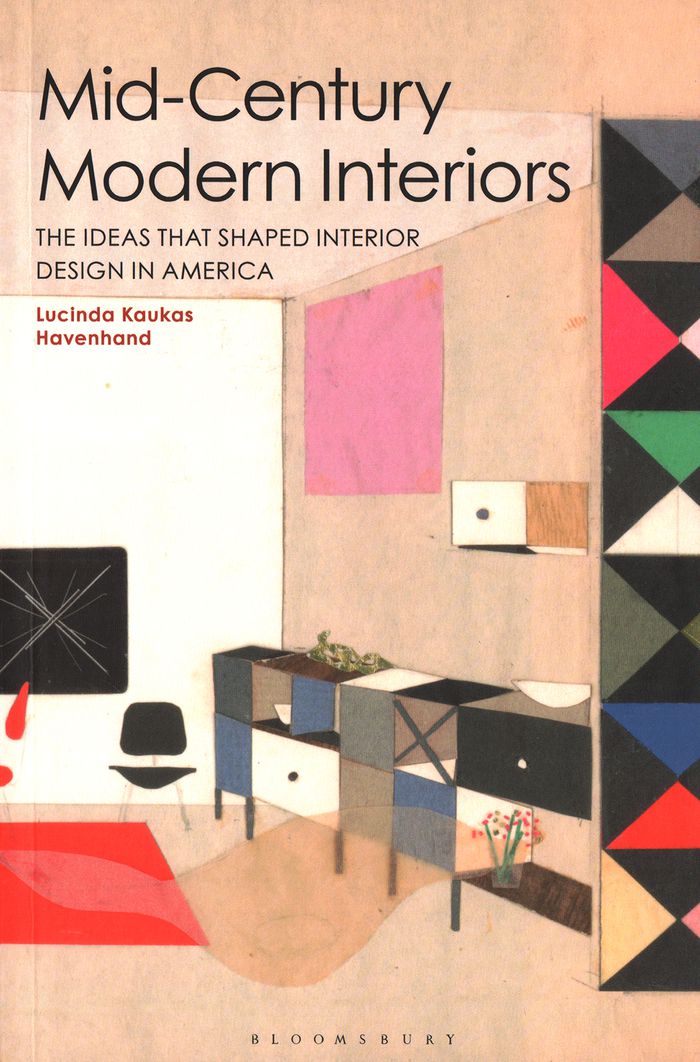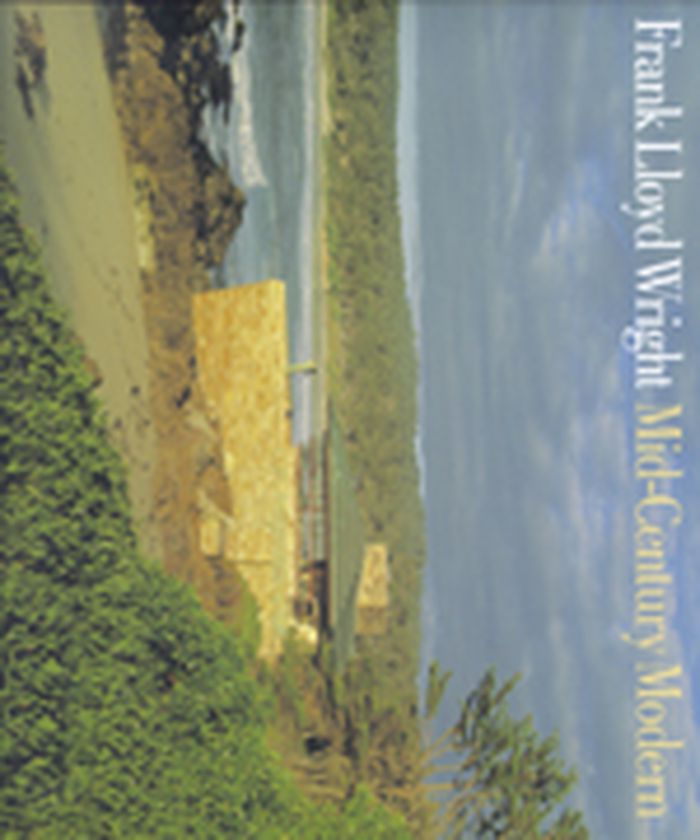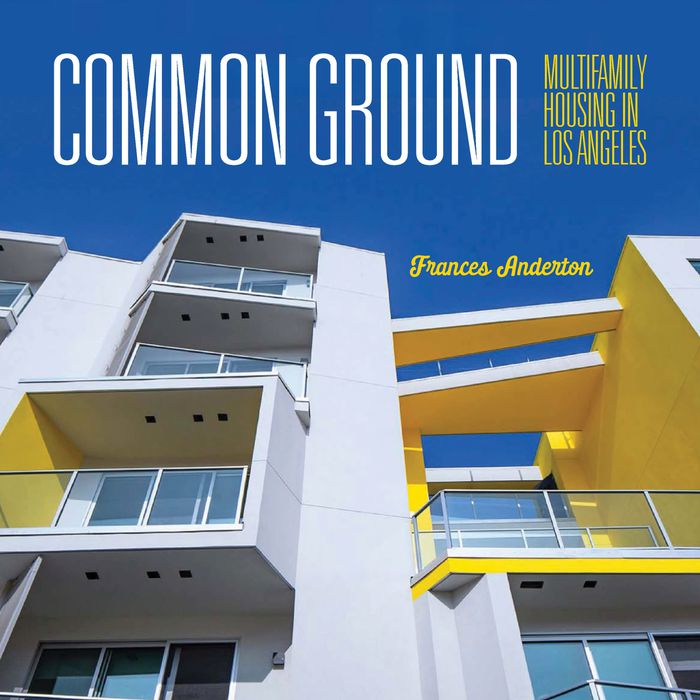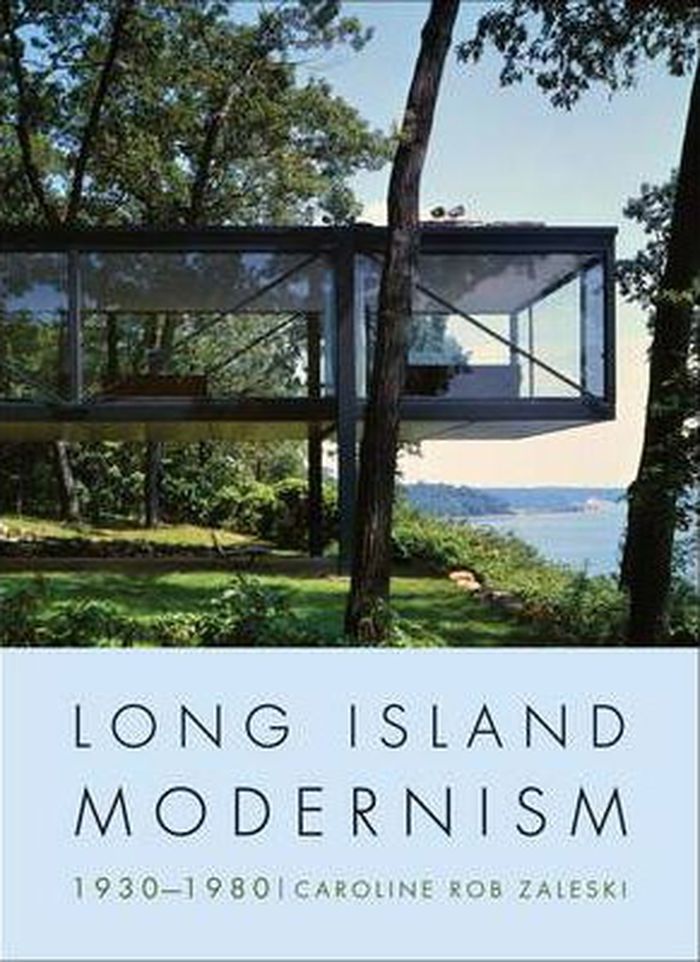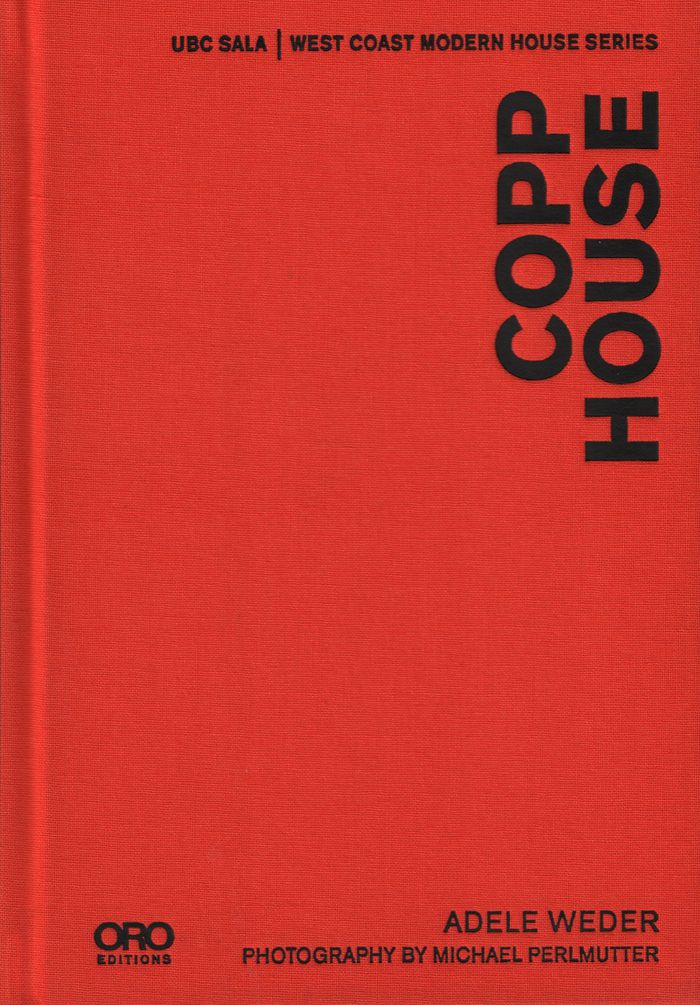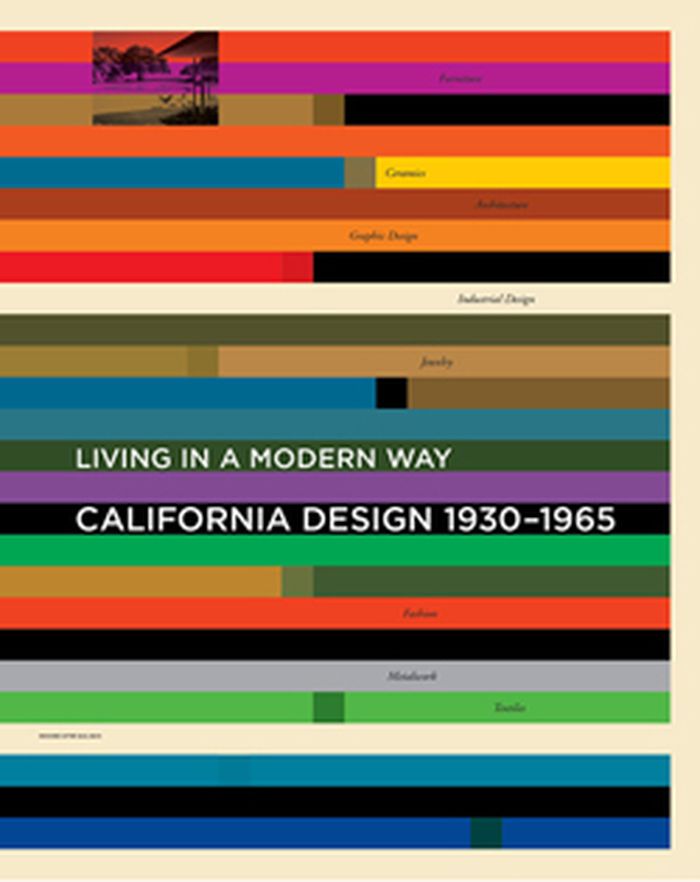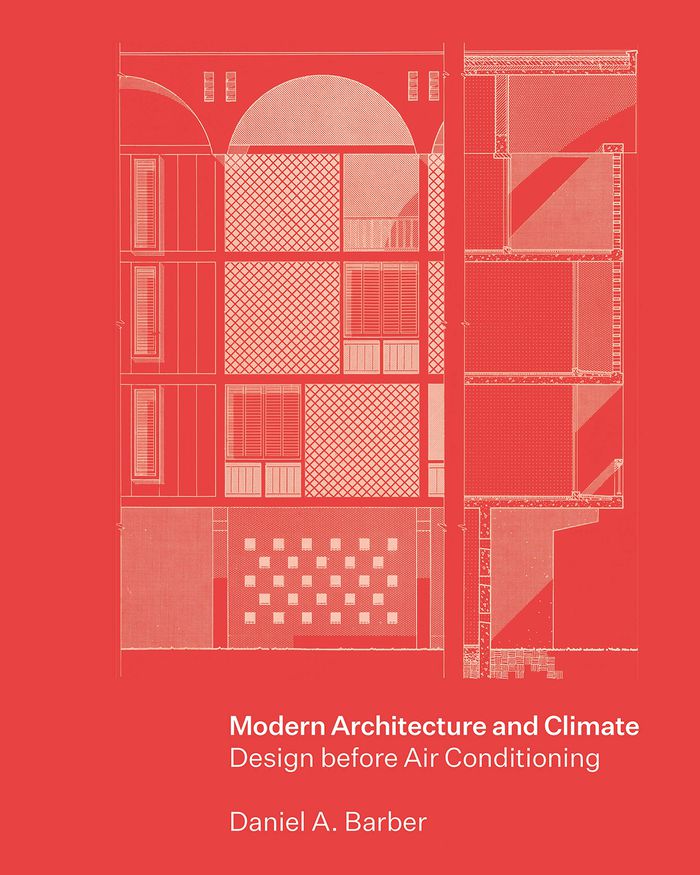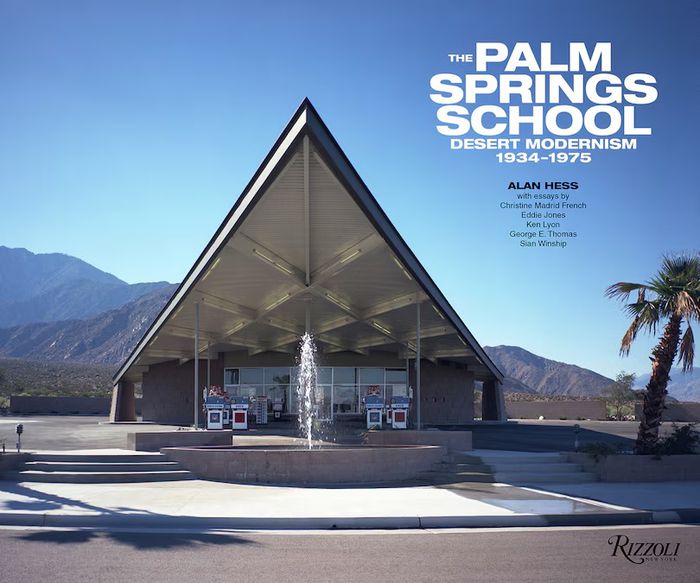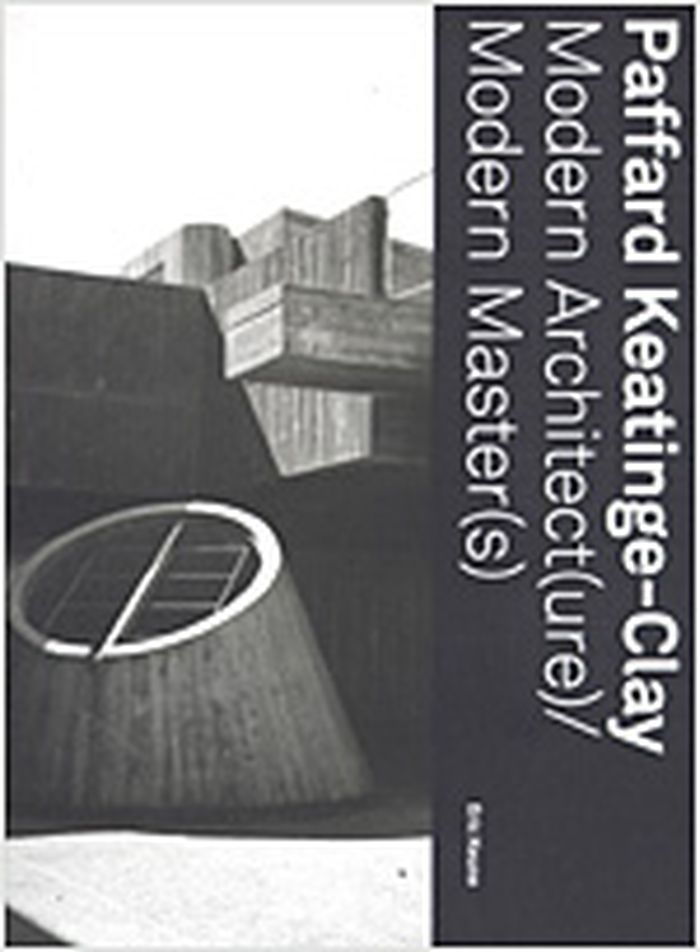$41.90
(disponible sur commande)
Résumé:
"Mid-Century Modern Interiors" explores the history of interior design during arguably its most iconic and influential period. The 1930s to the 1960s in the United States was a key moment for interior design. It not only saw the emergence of some of interior design's most globally-important designers, it also saw the field of interior design emerge at last as a profession(...)
Mid-century modern interiors: the ideas that shaped interior design in America
Actions:
Prix:
$41.90
(disponible sur commande)
Résumé:
"Mid-Century Modern Interiors" explores the history of interior design during arguably its most iconic and influential period. The 1930s to the 1960s in the United States was a key moment for interior design. It not only saw the emergence of some of interior design's most globally-important designers, it also saw the field of interior design emerge at last as a profession in its own right. Through a series of detailed case studies this book introduces the key practitioners of the period – world-renowned designers including Ray and Charles Eames, Richard Neutra, and George Nelson – and examines how they developed new approaches by applying systematic and rational principles to the creation of interior spaces.
Design, époques et styles
$55.00
(disponible sur commande)
Résumé:
The mid-twentieth century was one of the most productive and inventive periods in Wright's career, producing such masterworks as the Guggenheim Museum, Price Tower, Fallingwater, the Usonian houses, and the Loveness House, as well as a vast array of innovative furniture and object design. With a variety of shapes and forms-ranging from honeycombs to spirals-this period is(...)
Architecture, monographies
octobre 2007, New York
Frank Lloyd Wright : Mid-Century Modern
Actions:
Prix:
$55.00
(disponible sur commande)
Résumé:
The mid-twentieth century was one of the most productive and inventive periods in Wright's career, producing such masterworks as the Guggenheim Museum, Price Tower, Fallingwater, the Usonian houses, and the Loveness House, as well as a vast array of innovative furniture and object design. With a variety of shapes and forms-ranging from honeycombs to spirals-this period is an important contribution to mid-century modernism. Mentoring such talents as Richard Neutra and Rudolph Schindler among others, Wright was one of the most influential proponents of the simplicity, democratic designs, and organic forms that characterize Mid-Century Modern. With lavish, new, previously unpublished color photographs and detailed plans, Frank Lloyd Wright: Mid-Century Modern is a comprehensive examination of an underserved period in Wright's career.
Architecture, monographies
livres
Albert Frey : houses 1 + 2
$28.00
(disponible sur commande)
Résumé:
Albert Frey worked in Le Corbusier's atelier in Paris, but he is most closely associated with the 1940s and 1950s desert architecture of Southern California, and with the work of architects such as (...)
Albert Frey : houses 1 + 2
Actions:
Prix:
$28.00
(disponible sur commande)
Résumé:
Albert Frey worked in Le Corbusier's atelier in Paris, but he is most closely associated with the 1940s and 1950s desert architecture of Southern California, and with the work of architects such as Richard Neutra and John Lautner. This exquisitely designed monograph on Albert Frey focuses on two houses he built for himself in Palm Springs, California, one in 1941 (with an addition in 1953) and the other in 1964. Although both houses have a modern aesthetic, including glass walls and concrete construction, they are fully incorporated into their surroundings, in keeping with Frey's principles of paralleling nature in his work. This title, which was developed in collaboration with Frey himself, includes colour and duotone photographs commissioned especially for this book. The book is exquisitely made and comes in a plastic slipcase.
livres
juin 1999, New York
Architecture, monographies
$72.00
(disponible sur commande)
Résumé:
Living in Los Angeles has always been equated with the suburban single-family home with a big backyard. But for decades, L.A. has also been the consummate laboratory for exceptional experiments in multifamily housing — dwellings centered on shared open space, from the central courtyard to the rooftop garden. In this volume, author Frances Anderton explores that(...)
Common ground: Multi-family housing in Los Angeles
Actions:
Prix:
$72.00
(disponible sur commande)
Résumé:
Living in Los Angeles has always been equated with the suburban single-family home with a big backyard. But for decades, L.A. has also been the consummate laboratory for exceptional experiments in multifamily housing — dwellings centered on shared open space, from the central courtyard to the rooftop garden. In this volume, author Frances Anderton explores that fascinating history— from the bungalow courts and apartment-hotels of the 1910s, through the development of garden apartments, to contemporary mid-rise "urban villages" and co-living spaces. It features the work of the Zwebells, R.M. Schindler, Richard Neutra, John Lautner, Ralph Vaughn, Koning Eizenberg, Sean Knibb, Michael Maltzan, Brooks + Scarpa, and many more. In a time of housing crisis, Frances Anderton makes the case that well-designed, equitable, connected living is tomorrow’s American dream.
Logements collectifs
$84.00
(disponible en magasin)
Résumé:
This illustrated history of Long Island’s modern architecture is based on a survey conducted for the Society for the Preservation of Long Island Antiquities (SPLIA). It highlights the work within Suffolk and Nassau counties of a roster of twenty-five internationally renowned architects — among them Wallace Harrison, Frank Lloyd Wright, Marcel Breuer, Edward Durell Stone,(...)
Long Island Modernism, 1930-1980
Actions:
Prix:
$84.00
(disponible en magasin)
Résumé:
This illustrated history of Long Island’s modern architecture is based on a survey conducted for the Society for the Preservation of Long Island Antiquities (SPLIA). It highlights the work within Suffolk and Nassau counties of a roster of twenty-five internationally renowned architects — among them Wallace Harrison, Frank Lloyd Wright, Marcel Breuer, Edward Durell Stone, Richard Neutra, William Lescaze, Gordon Chadwick for George Nelson, Ludwig Mies van der Rohe, Philip Johnson, Paul Rudolph, and Richard Meier. Caroline Rob Zaleski’s research on the work of key figures in twentieth-century architecture - the relatively unknown aspects of their production, their associations with clients, artists, and politicians - is complemented by more than three hundred archival photographs, specially commissioned new photography, and plans. Zaleski documents the development of exurbia and the rise of visionary structures : residences for commuters and weekenders, public housing, houses of worship, universities, shopping centers, and office complexes. In this part architectural, part social history, she explains why modernism was embraced by Long Island’s civic, cultural, and business leaders—as well as by those who wanted to settle away from the city during an epoch when open space was prime for development. An inventory of important architects, with their Long Island commissions by date and location, complements the main text.
Modernisme
$32.95
(disponible en magasin)
Résumé:
n 1950, a young Vancouver architectural apprentice was handed a small house project that his boss was too busy to take on. The apprentice, Ron Thom, took the simple plan and rectangular foundation that had been roughed in, and transformed it into a groundbreaking work of architecture that gained national fame. Inspired by Frank Lloyd Wright and Richard Neutra, but using(...)
Ron Thom: Copp House. West Coast Modern houses series
Actions:
Prix:
$32.95
(disponible en magasin)
Résumé:
n 1950, a young Vancouver architectural apprentice was handed a small house project that his boss was too busy to take on. The apprentice, Ron Thom, took the simple plan and rectangular foundation that had been roughed in, and transformed it into a groundbreaking work of architecture that gained national fame. Inspired by Frank Lloyd Wright and Richard Neutra, but using local wood and paying careful attention to its verdant oceanside setting, Thom created a landmark for the new architectural movement known as West Coast Modernism. The client, Dr. Harold Copp, was himself a trailblazer, the first head of the physiology department in the University of British Columbia’s new Faculty of Medicine and a research pioneer. Generously illustrated with both vintage and contemporary architectural photography, line drawings, and photographs of the architect and residents, The Copp House is the story of a cultural landmark on the shores of Vancouver.
Architectes canadiens
$67.95
(disponible sur commande)
Résumé:
In 1951, designer Greta Magnusson Grossman observed that California design was "not a superimposed style, but an answer to present conditions....It has developed out of our own preferences for living in a modern way."California design influenced the material culture of the entire country, in everything from architecture to fashion. This generously illustrated book, which(...)
Living in a modern way: California design 1930-1965
Actions:
Prix:
$67.95
(disponible sur commande)
Résumé:
In 1951, designer Greta Magnusson Grossman observed that California design was "not a superimposed style, but an answer to present conditions....It has developed out of our own preferences for living in a modern way."California design influenced the material culture of the entire country, in everything from architecture to fashion. This generously illustrated book, which accompanies a major exhibition at the Los Angeles County Museum of Art, is the first comprehensive examination of California's mid-century modern design. It begins by tracing the origins of a distinctively California modernism in the 1930s by such European as Richard Neutra, Rudolph Schindler, and Kem Weber; it finds others pecific design influences and innovations in solid-color commercial ceramics, inspirations from Mexico and Asia, new schools for design training, new concepts about leisure, and the conversion of wartime technologies to peacetime use(exemplified by Charles and Ray Eames's plywood and fiberglass furniture).
Design, époques et styles
$68.00
(disponible sur commande)
Résumé:
This volume explores how leading architects of the twentieth century incorporated climate-mediating strategies into their designs, and shows how regional approaches to climate adaptability were essential to the development of modern architecture. Focusing on the period surrounding World War II—before fossil-fuel powered air-conditioning became widely available—Daniel(...)
Modern architecture and climate: Design before air conditioning
Actions:
Prix:
$68.00
(disponible sur commande)
Résumé:
This volume explores how leading architects of the twentieth century incorporated climate-mediating strategies into their designs, and shows how regional approaches to climate adaptability were essential to the development of modern architecture. Focusing on the period surrounding World War II—before fossil-fuel powered air-conditioning became widely available—Daniel Barber brings to light a vibrant and dynamic architectural discussion involving design, materials, and shading systems as means of interior climate control. He looks at projects by well-known architects such as Richard Neutra, Le Corbusier, Lúcio Costa, Mies van der Rohe, and Skidmore, Owings, and Merrill, and the work of climate-focused architects such as MMM Roberto, Olgyay and Olgyay, and Cliff May. Drawing on the editorial projects of James Marston Fitch, Elizabeth Gordon, and others, he demonstrates how images and diagrams produced by architects helped conceptualize climate knowledge, alongside the work of meteorologists, physicists, engineers, and social scientists. Barber describes how this novel type of environmental media catalyzed new ways of thinking about climate and architectural design.
Théorie de l’architecture
$85.00
(disponible en magasin)
Résumé:
Much more than a resort destination, Palm Springs has served as a laboratory of the Modern; here so much architectural innovation and design took form. From the steel-and-glass boxes of Richard Neutra to the earthy organic homes of John Lautner, and everything in between, the solutions of architects and designers—including notably William F. Cody, E. Stewart Williams, and(...)
The Palm Springs School: Desert Modernism 1934-1975
Actions:
Prix:
$85.00
(disponible en magasin)
Résumé:
Much more than a resort destination, Palm Springs has served as a laboratory of the Modern; here so much architectural innovation and design took form. From the steel-and-glass boxes of Richard Neutra to the earthy organic homes of John Lautner, and everything in between, the solutions of architects and designers—including notably William F. Cody, E. Stewart Williams, and Albert Frey—were diverse and are ever more relevant in the face of contemporary challenges. Their answers addressed questions that still hold urgency: How to design sustainably in harsh climates? How to use technology efficiently and creatively to meet those challenges? How to build affordable and high-quality mass-produced housing? How to reflect a region’s culture, economy, and distinctive atmosphere? Architects here responded to nature’s climatological demands, and Palm Springs became a center for innovations that were rooted in practice more than theory. Benefitting from the architectural freedoms offered by the remoteness of the California desert, designers explored new approaches that we can now identify as central to the Palm Springs School, shown here in rich archival and contemporary photography.
Modernisme
$48.00
(disponible sur commande)
Résumé:
Paffard Keatinge-Clay was born near Stonehenge in England, studied in London and Zurich, worked in both Le Corbusier's studio in Paris and at Frank Lloyd Wright's Taliesin, and then settled in the American West, where he worked for Skidmore, Owings & Merrill before starting out on his own. While he remained in the U.S. until the mid-1970s, and practiced there, his work(...)
Paffard Keatinge-Clay : modern architect(ure) / modern master(s)
Actions:
Prix:
$48.00
(disponible sur commande)
Résumé:
Paffard Keatinge-Clay was born near Stonehenge in England, studied in London and Zurich, worked in both Le Corbusier's studio in Paris and at Frank Lloyd Wright's Taliesin, and then settled in the American West, where he worked for Skidmore, Owings & Merrill before starting out on his own. While he remained in the U.S. until the mid-1970s, and practiced there, his work remains largely unknown even in San Francisco, where he spent more than 20 years. His brand of orthodox Modernism was decidedly out of step with the prevailing Bay Area Modernism exemplified by figures like Moore, Wurster, McCue and Turnbull, who dominated both the academic and professional arenas of the period. Keatinge-Clay had to struggle to execute his own expressive, nonconformist architectural language, and when he did, he garnered minimal recognition. This book brings to light the importance of his work as representative of its time period and clarifies the influences his mentors - including Mies van der Rohe, Richard Neutra and Charles and Ray Eames--had upon it.
Architecture, monographies
